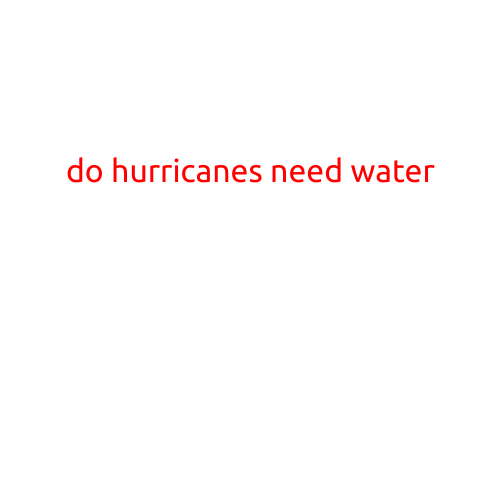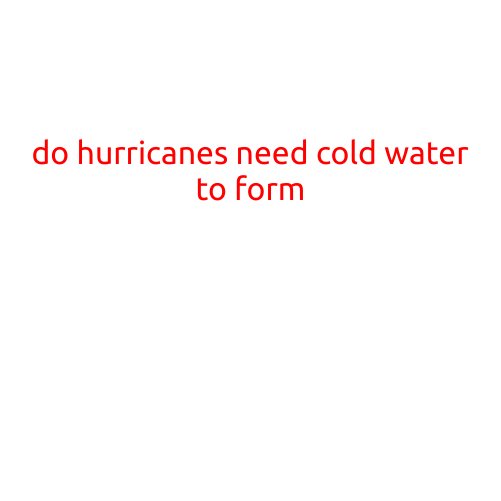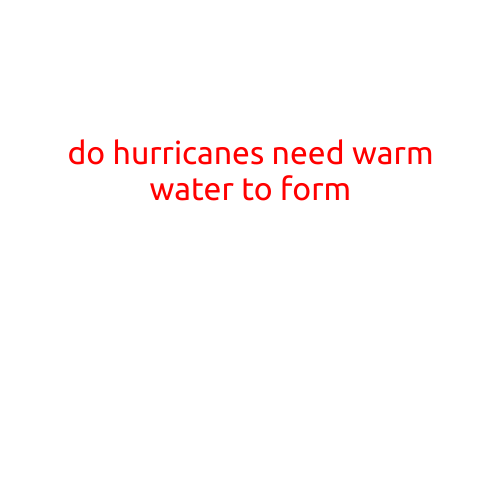
Do Hurricanes Need Wind Shear?
When it comes to hurricane formation and intensification, wind shear is often depicted as a crucial factor. But what exactly is wind shear, and do hurricanes really need it to thrive? In this article, we’ll dive into the world of tropical meteorology and explore the relationship between hurricanes and wind shear.
What is Wind Shear?
Wind shear refers to a change in wind speed or direction with height. In the context of hurricanes, wind shear typically occurs when there is a sudden change in wind speed or direction between the surface and higher altitudes. This change can occur due to various factors, such as temperature gradients, the presence of mountains or landmasses, or changes in atmospheric pressure patterns.
The Role of Wind Shear in Hurricane Formation
Hurricanes need a combination of factors to form and sustain themselves, including warm ocean waters, moisture, and low atmospheric pressure. Wind shear plays a crucial role in this process by influencing the movement and structure of the hurricane. When wind shear is low, the hurricane can develop and strengthen more easily, as the winds are more conducive to the formation of a rotating, organized system.
Do Hurricanes Need Wind Shear?
While wind shear is often viewed as a facilitator of hurricane formation and intensification, it’s not a required factor. In fact, some of the most intense hurricanes in history have occurred in areas with high levels of wind shear. However, wind shear can play a significant role in the development and strengthening of hurricanes, particularly during the early stages of formation.
Types of Wind Shear and Their Impact on Hurricanes
There are two primary types of wind shear that affect hurricanes: vertical wind shear (VWS) and horizontal wind shear (HWS).
- Vertical Wind Shear (VWS): VWS occurs when there is a change in wind speed or direction with height, typically in the upper levels of the atmosphere (5,000-10,000 meters). High levels of VWS can disrupt the rotation of the hurricane, making it harder for the storm to strengthen.
- Horizontal Wind Shear (HWS): HWS occurs when there is a change in wind direction or speed over a specific distance, such as from the surface to higher altitudes. Low levels of HWS can allow the hurricane to develop and strengthen more easily, while high levels of HWS can impede the storm’s movement and organization.
Conclusion
In conclusion, while wind shear is an important factor in hurricane formation and strengthening, it’s not a required component for hurricanes to form or intensify. The relationship between hurricanes and wind shear is complex, and both types of wind shear (VWS and HWS) play a role in determining the intensity and movement of the storm.
As research continues to uncover the intricacies of hurricane meteorology, it’s essential to recognize the dynamic interplay between wind shear and other factors that contribute to hurricane formation and intensity. By better understanding this relationship, we can improve our forecasting capabilities and provide more accurate warnings to those in the path of these powerful storms.





